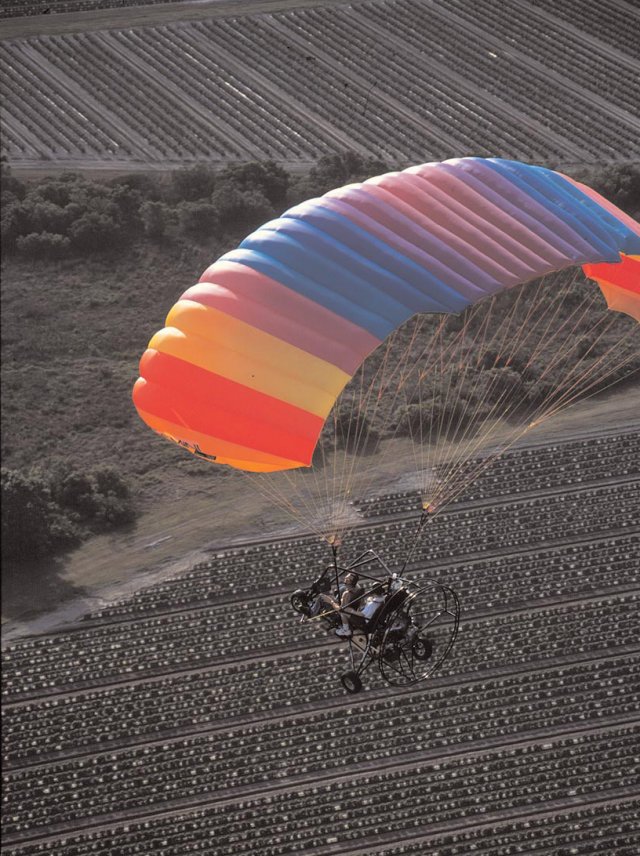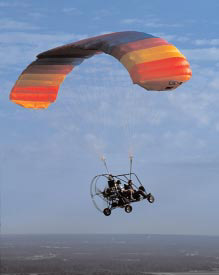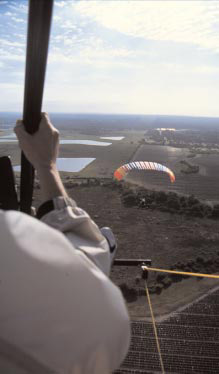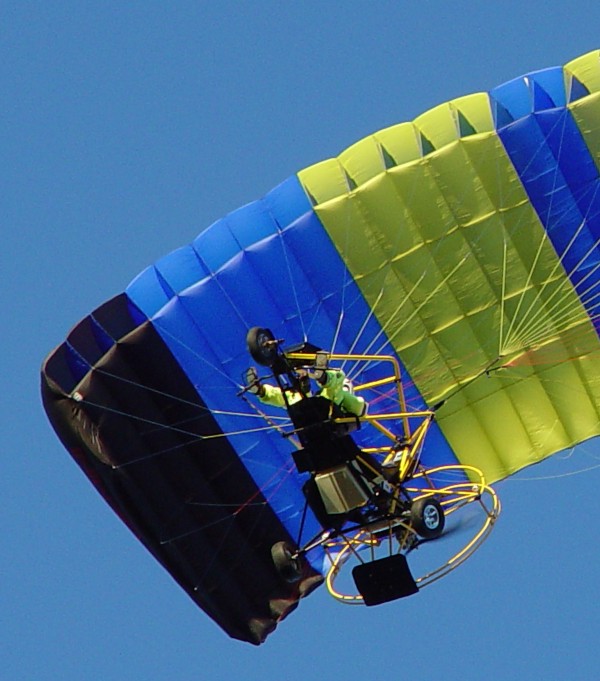
A New Powered Parachute From a Well-Known Leader Randy Snead branches out into his own company Once an important figure in Buckeye Industries, Randy is known to many as the man who worked on the technical side and performed flight-testing for Buckeye. When the former company fell into struggle (see Editor’s Note), Randy departed to do his own thing. Customers who followed state, “It’s the people behind the company” that are important. I can find no argument with this approach; we all tend to trust those we know. In turn, Randy is assisted by people he trusts. His wife, Fern, is the business manager and also operates the parts and ordering department for the young firm. Their son, Jeremiah, has experience in general aviation aircraft, weight-shift trikes, and powered parachutes, and he’s built many powered parachutes. In the EAA way, Gemini Powered Parachutes is a family affair. Introducing Gemini Powered Parachutes “It’s the American way” say others.



















